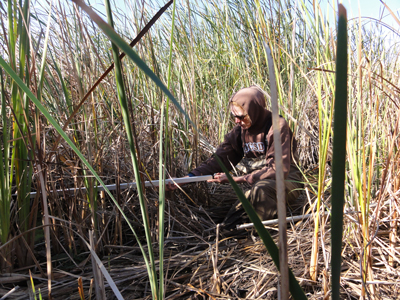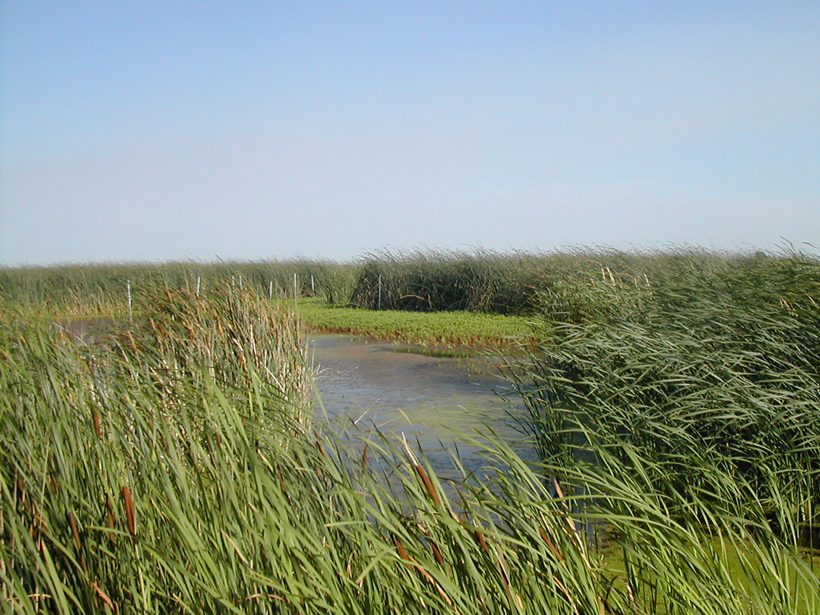Source: Journal of Geophysical Research: Biogeosciences
Freshwater wetlands are among Earth’s most productive ecosystems, and the restoration of these environments—especially in temperate and subtropical latitudes—has the potential to offset greenhouse gas emissions by sequestering large amounts of carbon dioxide. However, the breakdown of organic matter in wetlands can also release methane, a much more potent greenhouse gas. Measuring the net exchange of carbon in these ecosystems is thus crucial for determining whether wetland restoration can be used as a creditable offset in a carbon trading system.
Despite the environmental and economic implications, few studies have measured the flux of carbon from restored wetlands over the time frame of a decade, let alone the 50- to 100-year verification period required for offset and trading programs. To help address this gap, Anderson et al. measured the size and direction of the carbon and energy fluxes from 7 hectares of wetlands restored in 1997 on peat soils in California’s Sacramento–San Joaquin Delta.

To quantify longer-term trends during different stages of restoration, the researchers measured photosynthesis and respiration for two 1-year intervals 8 years apart, once in 2002–2003 and again in 2010–2011. During the second study period, the team also measured emissions of methane in order to calculate its influence on the wetlands’ radiation energy balance.
The results show that when measured by mass, the restored wetlands were, on average, a small net source of carbon. The study further demonstrated that the methane emissions, which were among the highest rates ever reported, varied seasonally and significantly influenced the restored wetlands’ carbon and energy balances.
Because of methane’s greater greenhouse potency, the warming potential of the emissions measured during the second period greatly exceeded the potential cooling produced by the uptake of carbon dioxide during photosynthesis. Indeed, the warming potential during the 2010–2011 period was large enough to counteract the potential cooling measured during the 2002–2003 interval, when the younger wetlands were several times more productive, according to the authors.
When accounting for the 2010–2011 methane measurements as a sustained flux, the team calculated that the restored Sacramento–San Joaquin wetlands will be a source of carbon throughout the century-long time frame most relevant to carbon markets. The authors further conclude that despite its impracticability, continuous monitoring may be necessary to accurately assess the long-term sequestration potential of restored wetlands. (Journal of Geophysical Research: Biogeosciences, doi:10.1002/2015JG003083, 2016)
—Terri Cook, Freelance Writer
Citation: Cook, T. (2016), After a century, restored wetlands may still be a carbon source, Eos, 97, doi:10.1029/2016EO047917. Published on 15 March 2016.
Text © 2016. The authors. CC BY-NC 3.0
Except where otherwise noted, images are subject to copyright. Any reuse without express permission from the copyright owner is prohibited.

